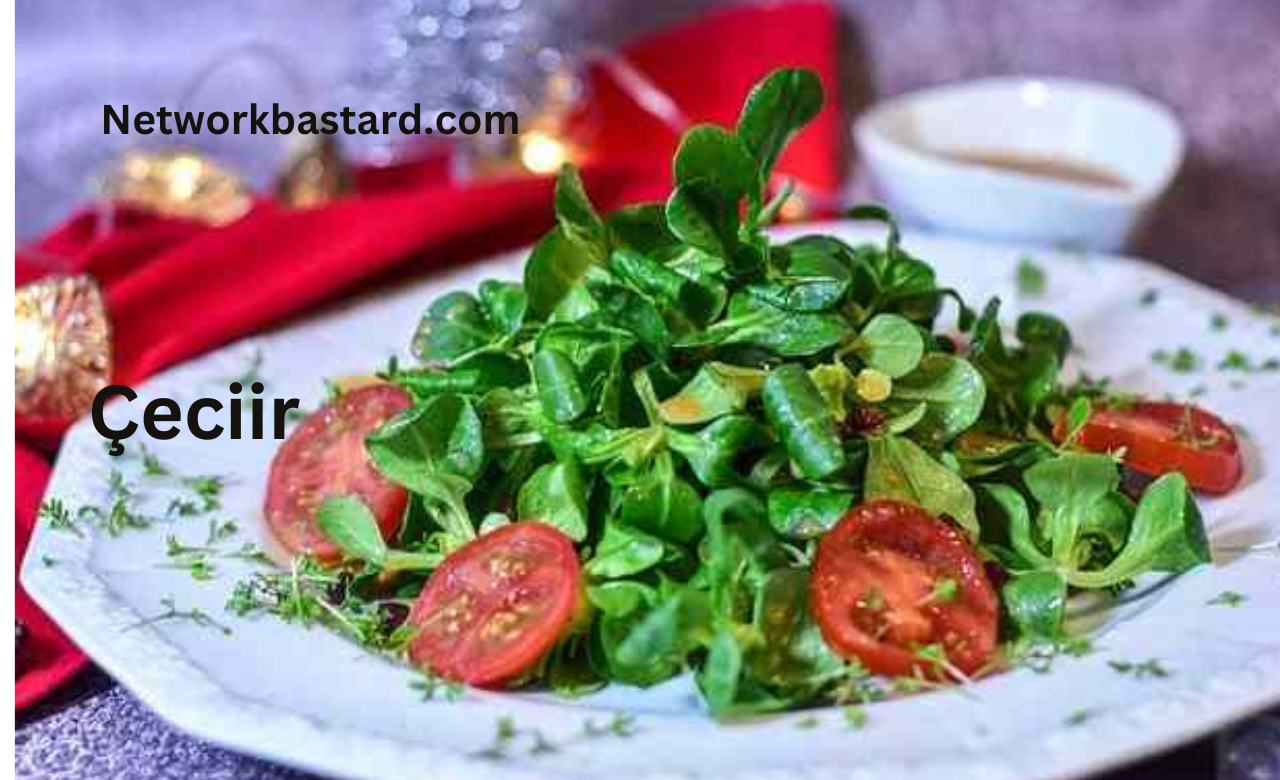Çeciir, a term that may not be widely recognized in every corner of the world, holds a special place in the culinary and cultural traditions of certain regions. Often associated with chickpeas or dishes made from them, çeciir represents more than just food—it embodies history, tradition, and the art of simple yet flavorful cooking. In this article, we delve into the origins, significance, and versatility of çeciir, celebrating its role in global cuisine.
The Origins of Çeciir
The word “çeciir” is believed to have roots in Turkish or Central Asian languages, where “çeç” or “çiğ” refers to chickpeas or raw ingredients. Chickpeas, one of the oldest cultivated legumes, have been a staple in diets across the Mediterranean, Middle East, and South Asia for thousands of years. Çeciir, as a concept, likely evolved from the widespread use of chickpeas in these regions, where they were valued for their nutritional content, versatility, and ability to thrive in arid climates.
Nutritional Powerhouse
Chickpeas, the cornerstone of çeciir, are a nutritional powerhouse. They are rich in protein, fiber, vitamins, and minerals, making them an excellent choice for vegetarians and vegans. The high fiber content aids digestion, while the protein helps build and repair tissues. Additionally, chickpeas are a good source of iron, magnesium, and B vitamins, contributing to overall health and well-being. Çeciir dishes, therefore, not only satisfy the palate but also nourish the body.
Çeciir in Culinary Traditions
Çeciir is not limited to a single dish but rather represents a variety of preparations that highlight the versatility of chickpeas. Here are some popular ways çeciir is enjoyed:
- Hummus: Perhaps the most globally recognized chickpea dish, hummus is a creamy spread made from blended chickpeas, tahini, olive oil, lemon juice, and garlic. It is a staple in Middle Eastern cuisine and has gained popularity worldwide as a healthy snack or appetizer.
- Falafel: These deep-fried balls or patties made from ground chickpeas, herbs, and spices are a beloved street food in the Middle East. Crispy on the outside and tender on the inside, falafel is often served in pita bread with vegetables and tahini sauce.
- Chickpea Stews: In many cultures, chickpeas are simmered in flavorful broths with vegetables, meats, or spices to create hearty stews. Examples include Moroccan tagines, Indian chana masala, and Spanish cocido.
- Roasted Chickpeas: A simple yet delicious snack, roasted chickpeas are seasoned with spices and baked until crispy. They are a nutritious alternative to processed snacks.
- Desserts: Chickpeas even find their way into sweets, such as besan ladoo in Indian cuisine, where chickpea flour is combined with sugar and ghee to create a rich, sweet treat.
Cultural Significance of Çeciir
Beyond its culinary applications, çeciir holds cultural significance in many societies. Chickpeas have been a symbol of sustenance and resilience, often associated with frugality and resourcefulness. In times of hardship, chickpeas provided a reliable source of nutrition, earning them a place in traditional folklore and proverbs.
In some cultures, chickpeas are also linked to celebrations and rituals. For example, in certain parts of the Middle East, chickpea-based dishes are prepared during festivals and family gatherings, symbolizing abundance and unity.
Modern Adaptations of Çeciir
As global interest in plant-based diets grows, çeciir has found new relevance. Chickpeas are now a key ingredient in vegan and vegetarian recipes, from chickpea flour pancakes to chickpea-based pasta. Food innovators are also exploring ways to use chickpeas in protein bars, snacks, and even beverages, showcasing their adaptability and appeal.
Conclusion
Çeciir, rooted in the humble chickpea, is a testament to the enduring power of simple, wholesome ingredients. Whether enjoyed as a creamy hummus, a spicy chana masala, or a crunchy roasted snack, çeciir transcends borders and brings people together through its rich flavors and cultural heritage. As we continue to explore and appreciate global cuisines, çeciir reminds us of the beauty and nourishment found in tradition and innovation alike. So, the next time you savor a dish made with chickpeas, take a moment to celebrate the legacy of çeciir—a true culinary and cultural delight.

